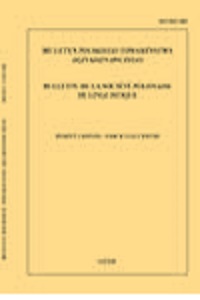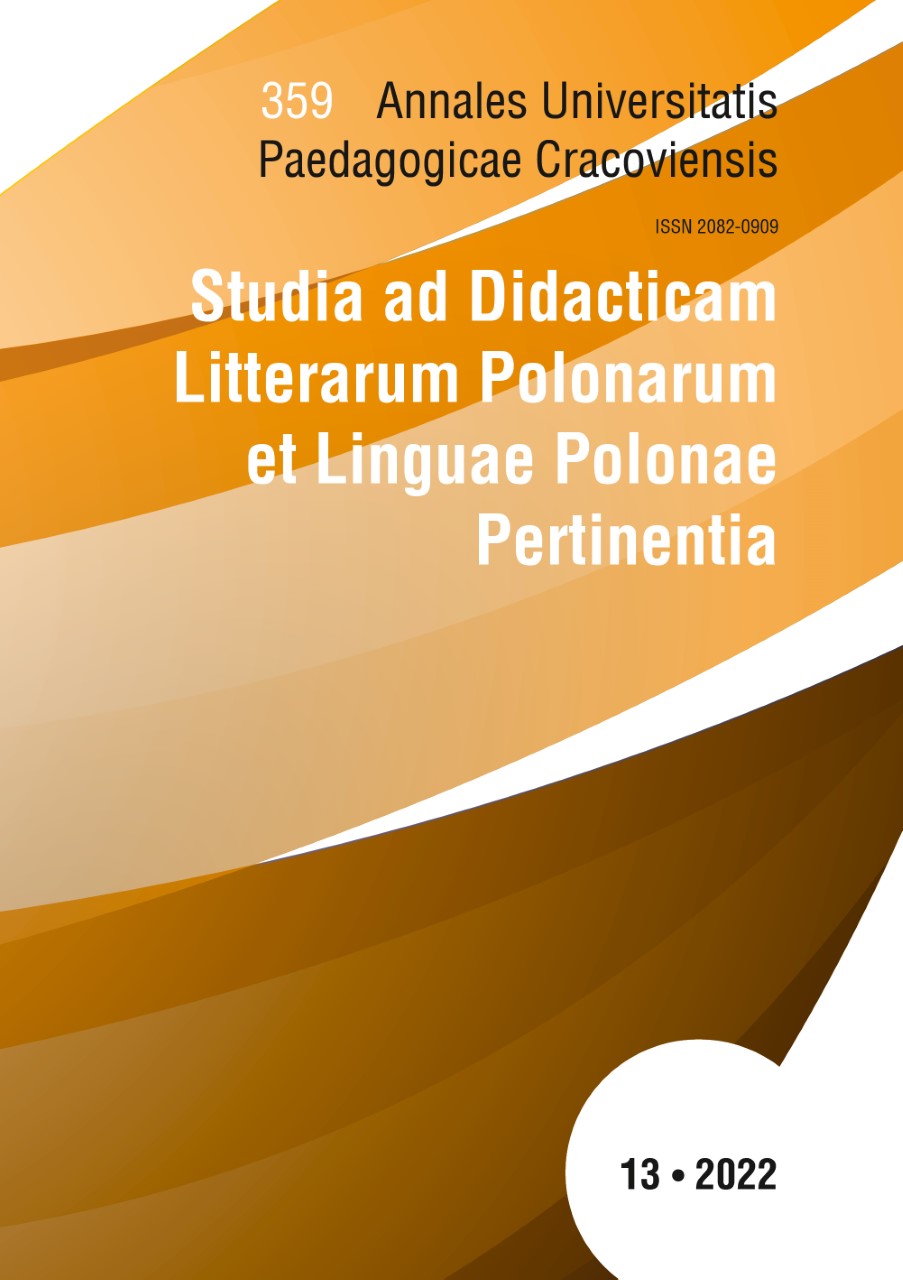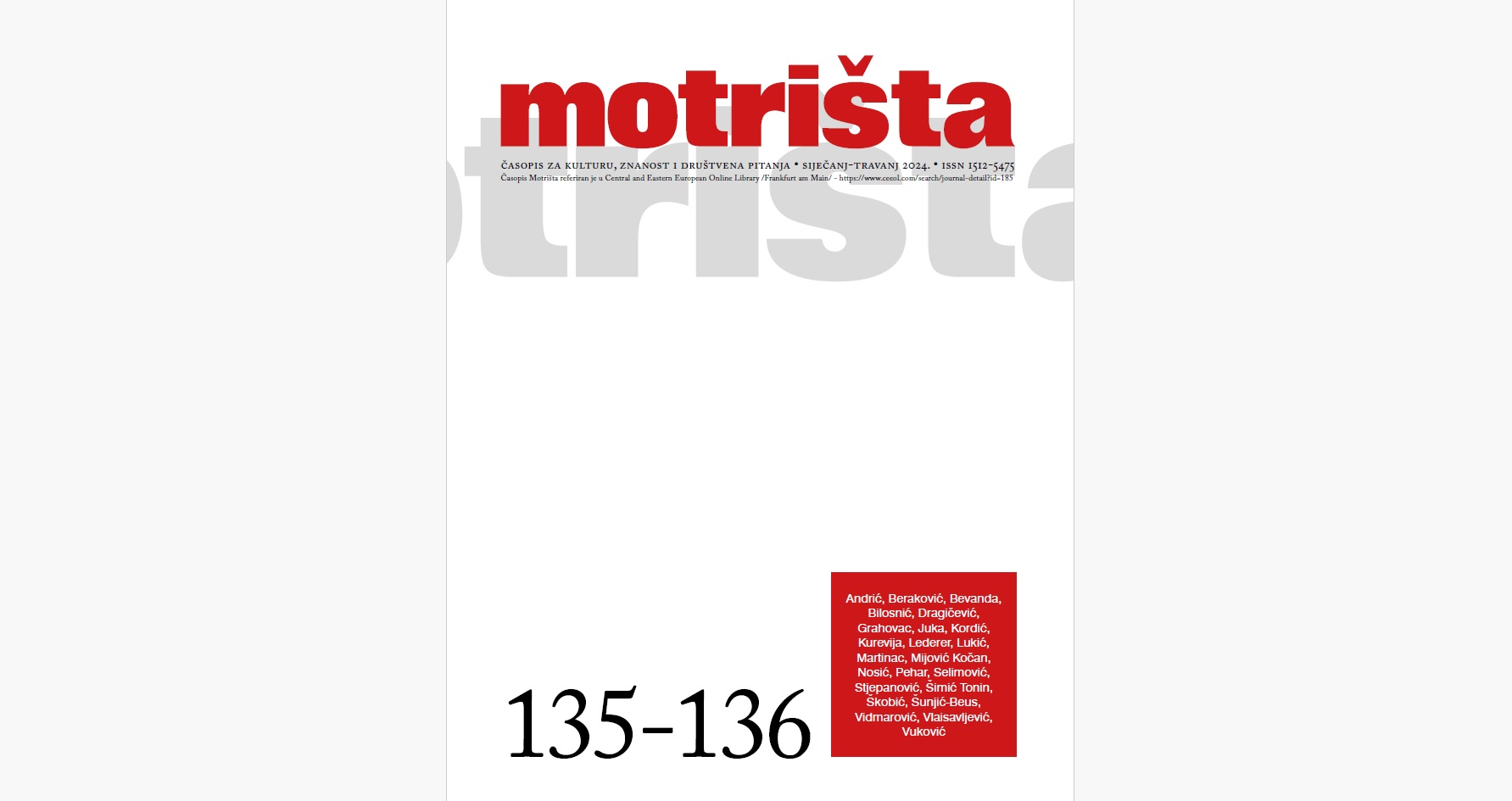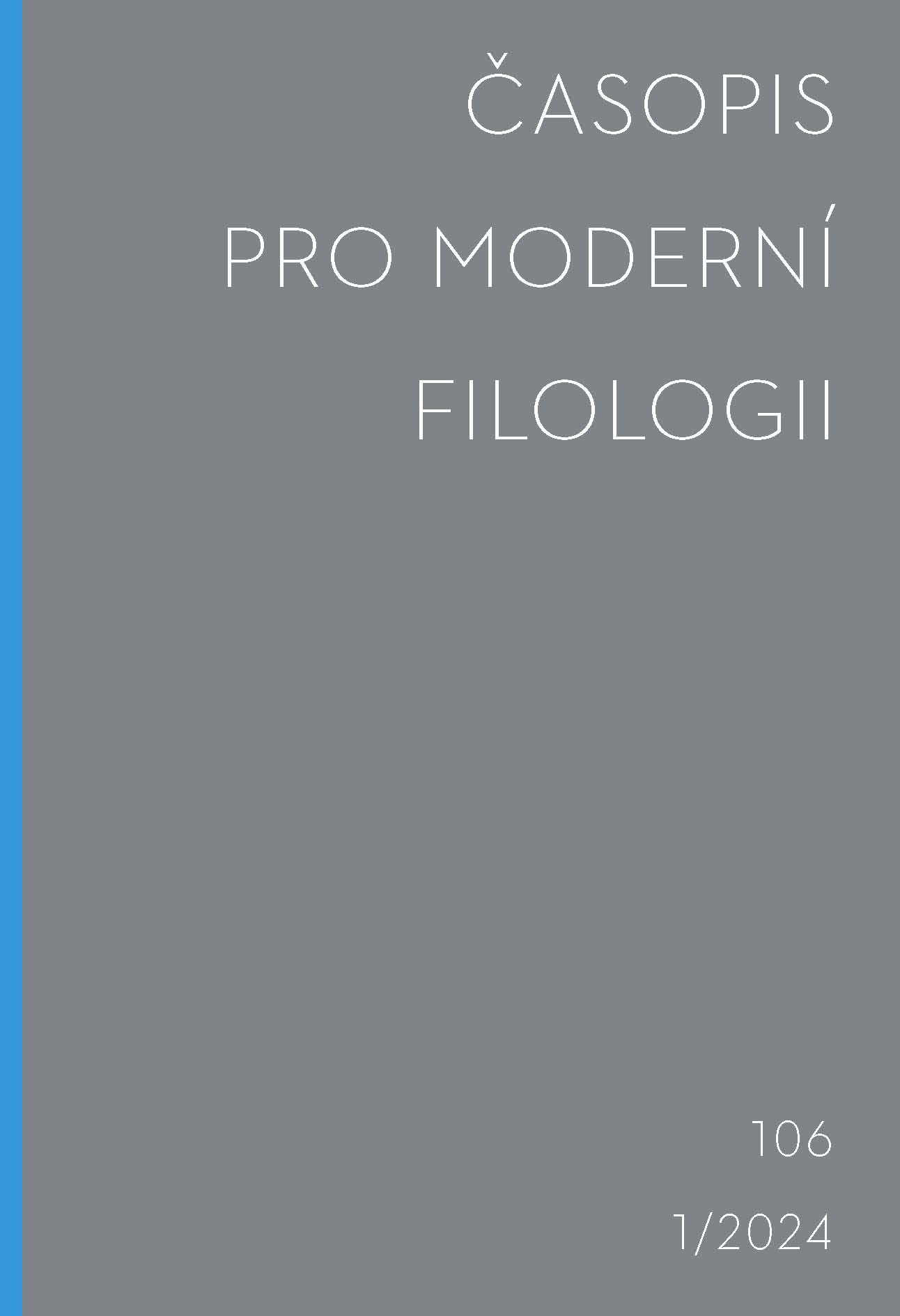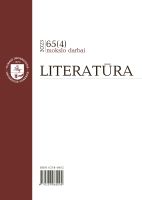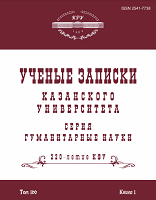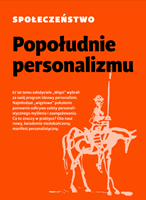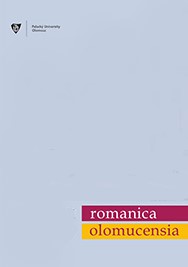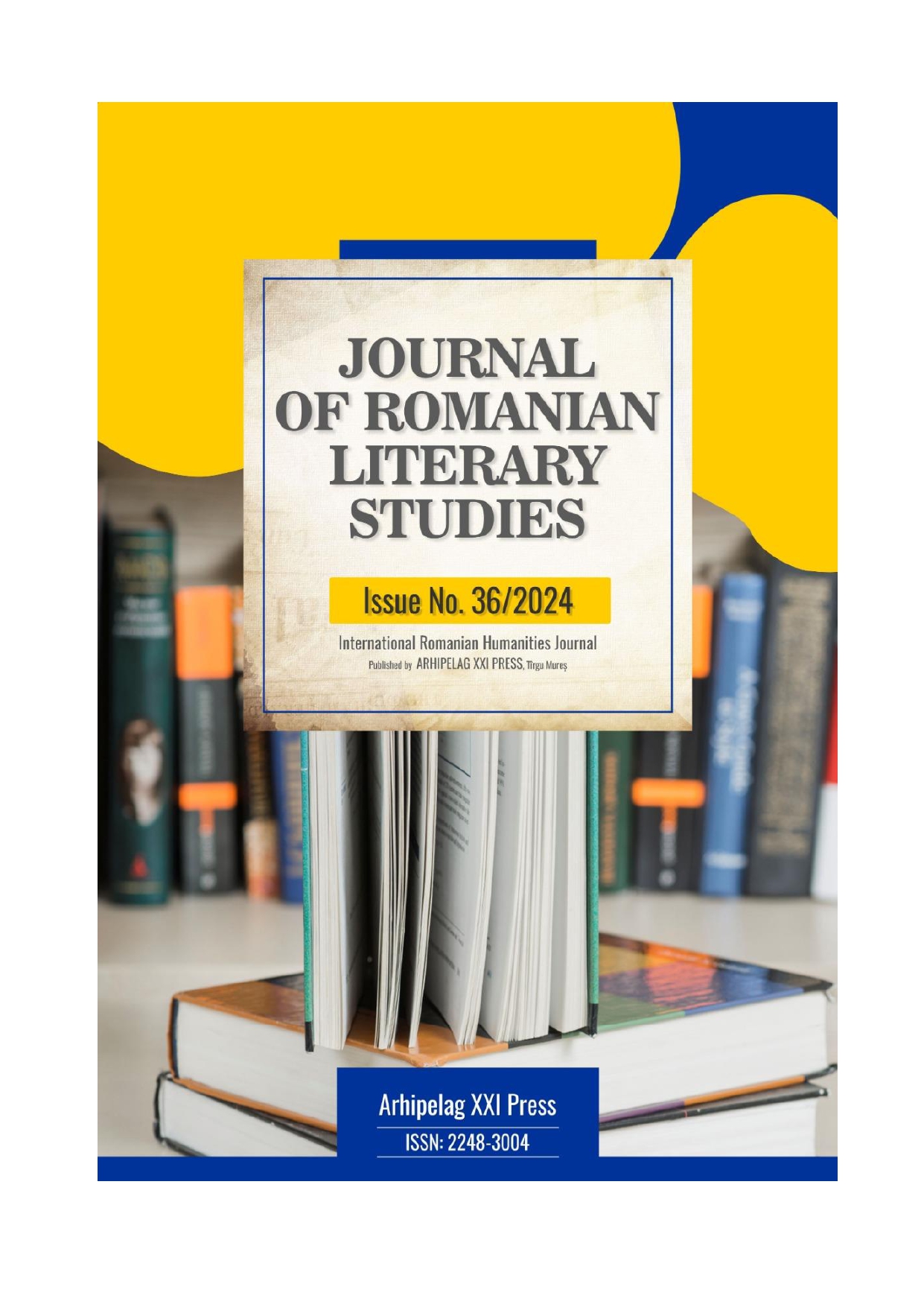
DEALING WITH PHRASAL VERBS USED IN TRAVELLING AND TOURISM VOCABULARY
Travelling and tourism vocabulary contains quite a number of phrasal verbs. These are very common in English vocabulary in general, particularly in speech and less formal writing. Students make a point of using phrasal verbs they come across during reading and listening activities so that to consolidate and extend their knowledge in this area. As mainly phrasal verbs have a metaphorical meaning which may be an extension of the literal one, it can be a bit difficult to understand them from the context. Distinctly colloquial, idiomatic and varying in shades of literalness and figurativity, phrasal verbs are largely dominat in travelling contexts or conversation while the Latinate verbs of English are dominant in formal usage. Most of the phrasal or two-word verb are due to the Germanic origins of English. The choice of which particle ( the second part of a two-word verb ) is an ancient problem.
More...
